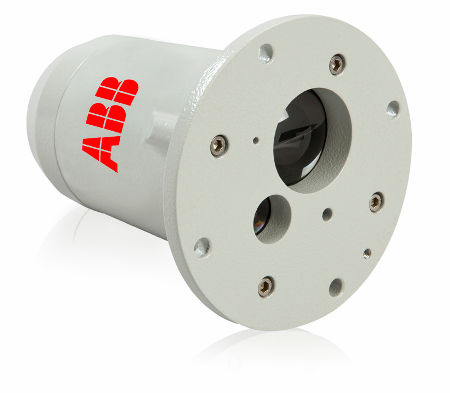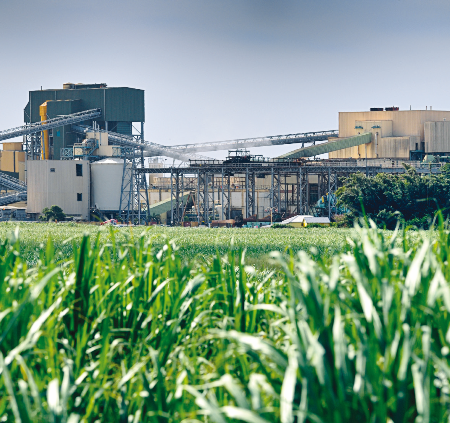The measurement of molasses and magma offer a number of challenges to traditional level control applications, since the product is thick, very sticky and is constantly being stirred by large paddles.
The paddles are typically 3 m or 10 ft in diameter and rotate slowly at approximately 3 rpm continuously mixing the product in order to make it fluid. The temperature is in excess of 40°C (100°F).
Application Example
In this specific installation the tank was more u-shaped with an open top and a drive shaft that turns the mixing blades, which runs the length of the “pan”. The pan depth is around 4 m and typically 7 to 10 meters (25 to 35 feet) long. The matter is further complicated as the structure is baffled every 1 – 2 m.
There is an area containing a short chamber created by a baffle near the end of the “pan” (where the drives shaft passes through the wall to the outside) that is free from the paddle rotation, however the area is only about 60 cm (2 feet) wide at that point.
The LM80 Laser level transmitter has been successfully applied to a Sugar refinery in the USA. The LM80 laser level transmitter is shown in Figure 1. The sugar refinery is shown in Figure 2.

Figure 1. LM80 laser level transmitter

Figure 2. Sugar refinery
The application involves measuring viscous, un-refined molasses used in the process of making sugar and is similar to another product known as magma.
The customer had tried unsuccessfully to mount an ultrasonic level transmitter above this narrow compartment, but there was too much dispersion of the ultrasonic signal to allow a reliable reflection. The customer then tried a radar level transmitter which was also unsuccessful.
This kind of fluid is very dark brown or black, but this has no measurable negative effect on the LM80 laser level transmitter performance. The LM80 was mounted 3 ft above the chamber surface and aimed down into the chamber. The results were excellent and the LM80 responded with the right measurement. This problem is ubiquitous in many sugar making processes.
About ABB Analytical Measurements
ABB is a leader in power and automation technologies that enable utility and industry customers to improve performance while lowering environmental impact. The ABB Group of companies operates in around 100 countries and employs about 145,000 people.

This information has been sourced, reviewed and adapted from materials provided by ABB Analytical Measurements.
For more information on this source, please visit ABB Analytical Measurements.